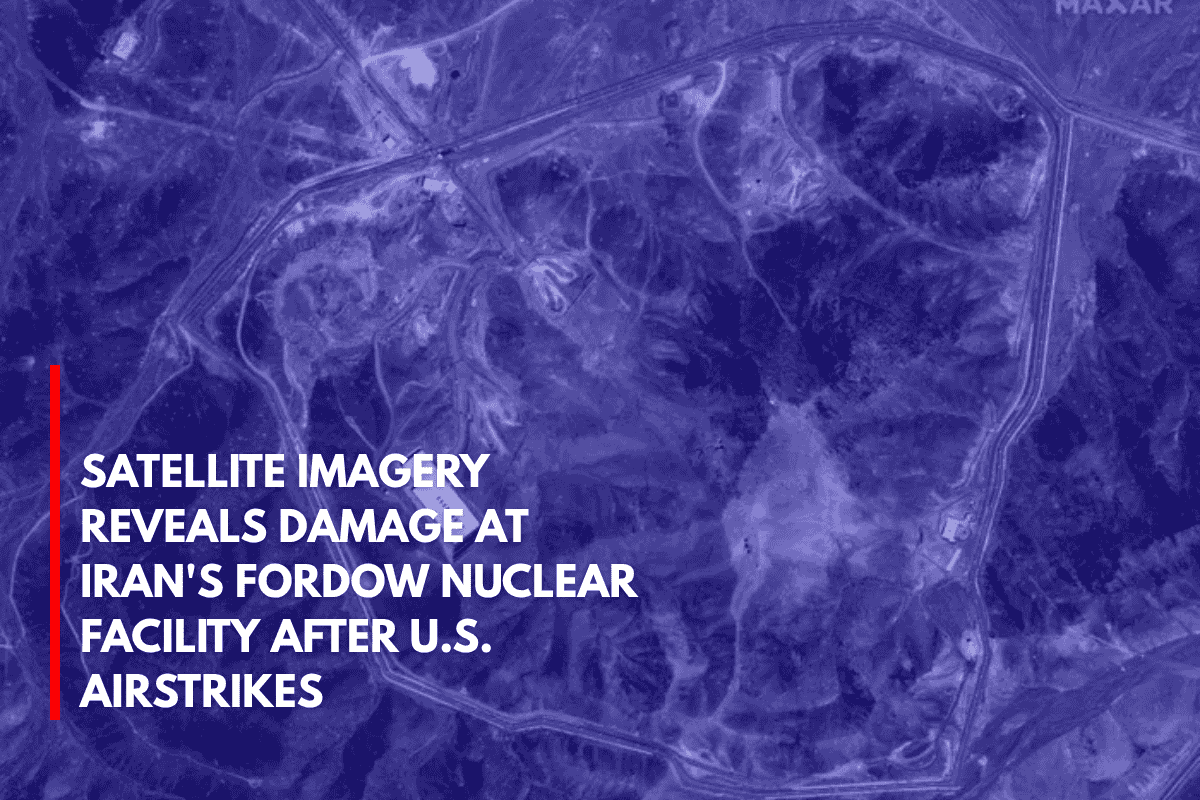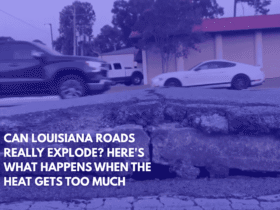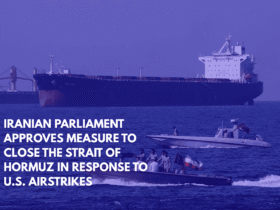New satellite imagery has revealed significant damage to the Fordow nuclear facility in Iran following the U.S. military airstrikes on Sunday. The images, captured by Maxar Technologies, show large craters on a ridge above the underground complex at Fordow, located south of Tehran.
The aerial pictures also depict a layer of dust or debris, with several tunnel entrances to the facility appearing to be blocked by dirt, indicating the extent of the destruction caused by the bombing.
President Trump’s Announcement and the Attack on Iranian Nuclear Sites
Early on Sunday morning, President Donald Trump announced the U.S. attack on Iran’s Fordow, Natanz, and Isfahan nuclear facilities, calling it a “spectacular military success.”
According to Trump, U.S. aircraft dropped a “full payload” of bombs on Fordow, one of Iran’s most fortified nuclear enrichment sites. The facility, buried deep within a mountain, is specifically designed to withstand air strikes.
Operation Midnight Hammer
Gen. Dan Caine, Chairman of the Joint Chiefs of Staff, confirmed that the U.S. used seven B-2 Spirit stealth bombers to drop a total of 14 heavy bunker-buster bombs on Iran’s nuclear facilities.
The operation, named Midnight Hammer, involved the largest non-nuclear bomb in the U.S. military’s arsenal—the 30,000-pound GBU-57 Massive Ordnance Penetrator (MOP). This bomb is believed to be capable of penetrating the deepest, most fortified facilities, such as Fordow.
Caine confirmed that the MOP was used for the first time in combat. In total, over 125 U.S. aircraft, including fighter jets, refueling tankers, and B-2 bombers, participated in the operation. The U.S. also launched 75 precision-guided weapons, including the MOPs and Tomahawk cruise missiles launched from a submarine in the Middle East.
Early Damage Reports and Satellite Imagery
Initial reports suggest that all three nuclear sites sustained significant damage. Maxar’s additional satellite imagery of the Natanz and Isfahan facilities, also obtained by Business Insider, reveals the aftermath of the airstrikes. Isfahan, in particular, suffered heavy damage from the submarine-launched Tomahawk missiles, which targeted critical infrastructure.
Rafael Grossi, the head of the United Nations’ nuclear watchdog, confirmed extensive damage at Isfahan but noted that Iran had reported no increase in off-site radiation levels, indicating that the strikes did not result in a radiation leak.
Context of the Attack and Regional Tensions
The U.S. bombing followed a week of intense Israeli airstrikes across Iran, targeting nuclear sites, military infrastructure, and other key assets.
Israeli Prime Minister Benjamin Netanyahu praised Trump’s decision to attack Iran’s nuclear facilities, aligning with his longstanding preference for a military solution to Iran’s nuclear ambitions.
Since June 13, Israeli fighter jets have been targeting Iranian nuclear sites, missile launchers, warplanes, and weapons production facilities.
In response, Iran has launched hundreds of ballistic missiles and drones at Israel, though many of the attacks were intercepted. This escalating conflict has raised concerns that Iran could retaliate by targeting U.S. forces in the region, as it has previously threatened to do.
Potential Escalation and U.S. Military Presence
The U.S. bombing marks a significant escalation in the conflict, and Iran’s retaliation could target American forces stationed in the Middle East. The Pentagon maintains a significant presence in the region, including warships, aircraft carriers, fighter jets, and ground troops.
Both President Trump and Pentagon leadership have called for peace and warned Iran that further strikes may follow if diplomatic solutions cannot be reached. As tensions rise, the possibility of broader military conflict remains a significant concern in the region.











Leave a Reply